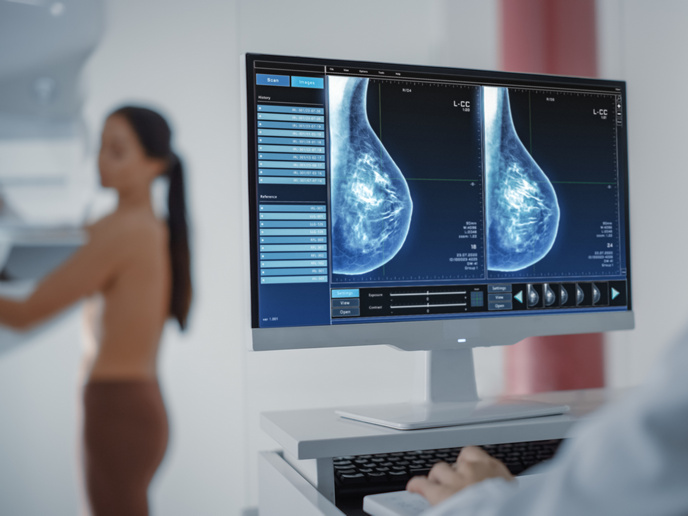Boosting practical applications of quantum computing
Through the application of quantum mechanics, quantum computing has the potential to solve complex problems faster than classical computers. Experts in the field often state that we have entered what is called the ‘noisy intermediate-scale quantum’ (NISQ) era. This is an era characterised by quantum processors that are not yet advanced enough for fault tolerance, or large enough to achieve quantum advantage. Quantum advantage refers to the moment when a quantum computer can be shown to solve a problem that no classical computer can solve in any feasible amount of time.
New breed of quantum-enabled applications
“NISQ systems are therefore the ‘imperfect’ intermediate-scale quantum computing systems that are currently available,” explains NEASQC project coordinator Cyril Allouche from Eviden in France. “Though the millions of qubits that will guarantee fully fault-tolerant quantum computing are still far away, we believe there are practical use cases for the NISQ devices that will be available in the near future.” The goal of the EU-funded NEASQC project, which was coordinated by BULL, a subsidiary of Atos, was therefore to investigate and develop a new breed of quantum-enabled applications, capable of taking advantage of upcoming state-of-the-art NISQ systems. “NEASQC was very much a use case-driven project,” says Allouche. “It brought together academic experts and industrial end users, who collaborated on a range of quantum computing applications.”
Applying NISQ devices to practical problems
The project team identified a range of practical problems to which NISQ devices could be applied. These ranged from drug discovery and smart energy management to natural language processing and breast cancer detection. Allouche and the consortium then developed new quantum software techniques to address these use cases with the aim of achieving a practical quantum advantage. To maximise industry-academia collaboration, each use case was investigated by an integrated team of at least one industrial partner and one academic partner. “The project was instrumental in enabling us to explore these use cases so deeply,” says Allouche. “This would not have happened without NEASQC, as there was a need for a critical mass to address such hard computational problems.”
A NISQ user community in Europe
A key long-lasting achievement of the project has been the establishment of a nascent NISQ user community in Europe. “NEASQC provided a way for academia to meet end users,” notes Allouche. “Normally, academic experts remain focused on theory, with few links to industry.” In order to ensure that this collaboration is sustainable long after project completion, a toolset based on three key components was developed. This consists of a complete quantum programming environment, a set of open-source application software libraries, and an application-focused benchmark suite. The programming environment enables researchers, students and developers to experiment with quantum programming using tools that enable them to simulate up to 20 qubits in a user’s own device. All libraries are hosted on GitHub under the NEASQC project banner. “This toolset will enable new industrial actors to start their own practical investigations, and to then share their results,” adds Allouche. “The NEASQC benchmark suite for example can help users to assess and co-design applications and hardware.”
Keywords
NEASQC, quantum computing, computers, health, environmental, NISQ, qubits







